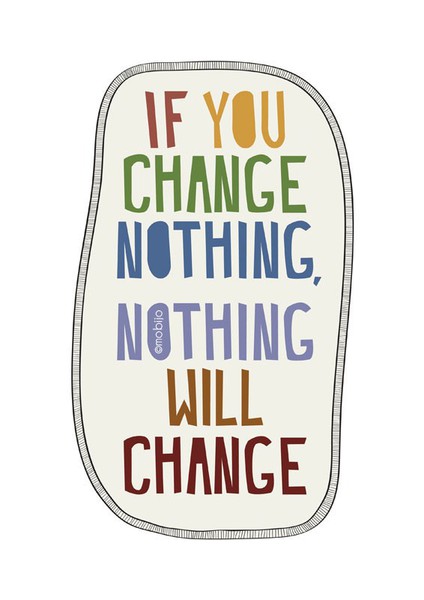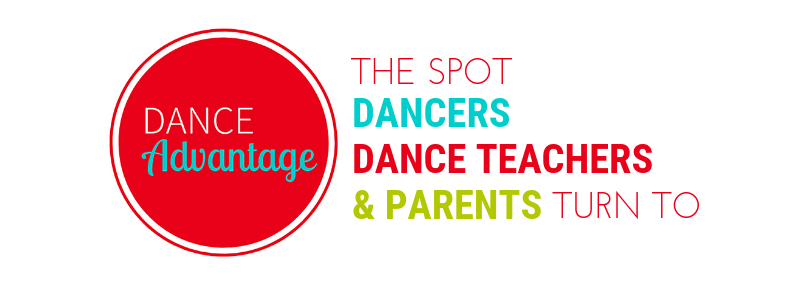In the months surrounding Jennifer Homans’ new account of the history of Ballet, there was an effectual freak-out from dance writers and bloggers about the impending death of ballet as Homans claimed quite boldly that “ballet has come to resemble a dying language…understood and appreciated by a shrinking circle of old believers in a closed corner of culture.”
Whether or not you agree with Ms. Homans, her bold proclamation stirred up the dance community and forced us to take a good look at the state of ballet regionally, in the US, and beyond.
 Perhaps it was for the same shock-value that the most recent Dance/USA conference presented the dramatically titled break-out session Dance: A Field in Danger. Nichelle and I sat in it together, and speaker Kadida V. Doumbia (after a somewhat incomprehensible intro) simply posed the question, “Why are there no jobs?” and let the group take it from there. Tensions ran high as we struggled to define what a successful job in dance looks like. Some claimed that the lack of jobs is due to a diversity problem, with predominantly white, upper/middle class individuals capitalizing the market. Others questioned the definition of “diversity” in dance, and cited job scarcity as an overall problem in that there are not enough resources to go around.
Perhaps it was for the same shock-value that the most recent Dance/USA conference presented the dramatically titled break-out session Dance: A Field in Danger. Nichelle and I sat in it together, and speaker Kadida V. Doumbia (after a somewhat incomprehensible intro) simply posed the question, “Why are there no jobs?” and let the group take it from there. Tensions ran high as we struggled to define what a successful job in dance looks like. Some claimed that the lack of jobs is due to a diversity problem, with predominantly white, upper/middle class individuals capitalizing the market. Others questioned the definition of “diversity” in dance, and cited job scarcity as an overall problem in that there are not enough resources to go around.
A young woman started to cry as she described her personal struggles with a career in dance, and the difficulty of working multiple jobs in the service industry without access to adequate health care or insurance.

The truth is, this young woman’s story is more common than the glamorous dance careers presented by the media and dance teachers. Are we doing enough to prep college students and young emerging dancers for the day-to-day struggle of a career in dance? Are we lacking creativity in defining what a job in dance looks like? Why would anyone actually want to enter this profession?
Finding the “why”
An over-arching theme of the conference was the need for all of us to “find the why” in what we do. The status quo can be a really comfortable place to be, even when we spend entire conferences discussing why change is imminent and essential. It’s easy to stay in our day-to-day bubbles and stop considering the greater dance community in what we do…. that’s why finding our “why” is so critical.
I found that an unfortunate trend of this session in particular*, and perhaps of the conference in general, was to bring up a problem, complain, and not have time left to pitch positive solutions. As the predominant national service organization for professional dance companies and, to a lesser extent, individual dancers, the somewhat suppressed efforts of Dance/USA to lead are not for lack of trying… they struggle with the same poor funding and infrastructure that plague the dance organizations they seek to support. Dance/USA appears to be in the business of retweeting, when it wants to be leading the charge. In a conversation with Brandon Gryde, Director of Government Affairs, he openly acknowledged the backlog of communication and the steps that need to happen in order to truly be the face of advocacy for dance in this country. How does he hope to accomplish this?
Maybe the question isn’t how, but why?

Big budget dance studios teeming with three year olds and pre-professional hopefuls are turning out dancers at a remarkable rate and the non-profit sector of dance companies are struggling to keep heads above water. As funding flounders at the professional level, it behooves us to take a look at our “whys” and reassess the way dance is created, funded, supported and presented. Dances are often created in a spirit of collaboration. We as an entire dance community can embrace that collective spirit to work together and forge a sustainable future. Within the context of this 75 minute roundtable, we failed to solve all of the problems we face – or to really pin down whether or not dance is, in fact, a field in danger – but as one participant said, “We are constantly creating from nothing…it’s what we do best. Apply it to life!”
Blogging as a forum to grow our audience and continue the discussion
In the end, as my colleague Zac Whittenburg said, “it’s all about the dialogue”. We create dances as a means to communicate that which cannot be expressed in words… and either because of or in spite of this it’s a medium that isn’t always accessible to the outside world. Homans’ supposition that dance is “understood and appreciated by a shrinking circle of old believers in a closed corner of culture” might not be specific to ballet. What we do is not inherently understood, which might be why I see so many familiar faces at every dance concert I attend.
To paraphrase Nichelle (paraphrasing Simon Sinek), the “why” is something that is innate and beyond the realm of verbal communication. It’s not WHAT we do, but WHY that truly reaches people. So long as we create authentically from our “why”, we have the ability to touch people at their very core. That is an awesome and uncomfortable place to be as an artist AND an audience member.
The question remains: how can the concept of “WHY” help us transcend the culture barrier that has us facing a serious cash flow problem.
In order to sustain ourselves, we have to find another way to reach audiences and increase the value that society places on dance. Words are a form of communication that is often more easily understood. Not to brag, but platforms like Dance Advantage are a great medium for accessing a larger community of people who might not ordinarily chose dance. The ability to articulate your work in words cannot be underestimated. By the same token, we can continue to address problems among ourselves that can’t possibly be solved in a four day conference comprised of a small percentage of the dance community. Being comfortable with words, I personally feel some level of accountability for continuing this work, but it requires that we all converse together.
So, what do you think?
Is dance on the verge of failure?
How do we create and/or reinterpret successful and sustainable jobs in dance-related professions that make dance a viable career choice?
Does the way dance is portrayed by the media help or hinder dance as an artform?
*Read a bit of the discourse from Dance: A Field in Danger by checking out the live tweets (mostly mine) at #fieldindanger
Lauren Warnecke is a freelance writer and editor, focused on dance and cultural criticism in Chicago and across the Midwest. Lauren is the dance critic for the Chicago Tribune, editor of See Chicago Dance, and founder/editor of Art Intercepts, with bylines in Chicago Magazine, Milwaukee Magazine, St. Louis Magazine and Dance Media publications, among others. Holding degrees in dance and kinesiology, Lauren is an instructor of dance and exercise science at Loyola University Chicago. Read Lauren’s posts.

